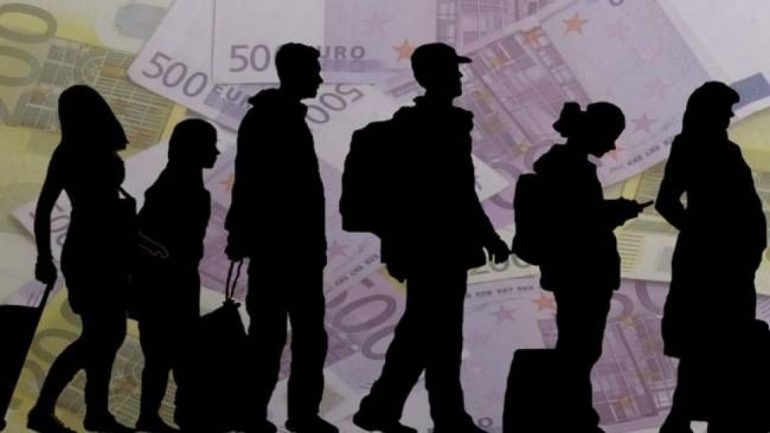As the three Baltic states prepare feverishly for the celebrations of the 100th anniversary of their founding, immigration plagues the former Soviet republics, now members of the European Union.
According to The Baltic Times, in Latvia there is an increasing trend of migration from rural to urban centers, especially in the capital Riga, resulting in a decrease in the rural population. Since 2000, Latvia has lost 1/5 of its total population due to low birth rates and immigration abroad. The daily reduction of the population by 74 people and its aging, have tremendous effects on the development of the country.
With a population of close to 2 million, only the capital is showing an increase in population, while Latvians are plagued by unemployment, low wages and pensions. The increasing reduction of the labor force on the one hand and the aging of the population on the other hand make it difficult to find a productive labor force, a fact that significantly affects the country's economy.
Lithuania is the country with the largest population decline in the European Union according to Eurostat data for 2016, while the largest population growth is in Austria and Luxembourg.
Lithuania has a population of about 3 million, while 200.000 Lithuanians live and work in the United Kingdom. The country is making huge efforts to attract tourism, with the low prices it offers, thus aiming to increase the cost of accommodation per tourist per capita mainly from countries such as Belarus, Latvia, Russia, Germany and Poland.
The least populous Baltic country is Estonia, which now has a population of 1,3 million, and by the end of the 21st century its population is expected to fall to around 800.000. The only chance for the country's population to increase in the next 30 years is if every woman gives birth to two children and if the country welcomes an additional 200.000 immigrants.
Although low birth rates, migration and an aging population are the most serious problems in the small Baltic states, Estonia is a partial exception. In particular, the country, which held the Presidency of the Council of the European Union in the second half of 2017, today places special emphasis on the implementation of the Information Development Plan 2020, allocating € 50m. to promote technology, modern means of communication, fast internet and e-government to reduce bureaucracy. The aim of these actions is to fully employ and attract foreign companies to fight unemployment.
Despite the worrying population decline in the three Baltic countries, there is an increase in job vacancies, especially after 2010. The vacancy rate in Latvia is 1,8%, slightly below the European Union average of 1,9%. In Lithuania the percentage falls to 1,6% while Estonia has the highest vacancy rate at 2%.
At the same time, the Baltic states are making enormous efforts to combat both internal and external migration. Many young people are looking for a better future abroad, while at the same time small towns and villages are being deserted because of the astyphilia and specifically because of the higher wages guaranteed by the urban centers.
The strong presence of NATO troops in the Baltic countries, but also the measures taken to enhance resilience and security in the Baltic region are not enough to reduce migration, especially in the countryside. Preparations for the 100th anniversary of the founding of the three Baltic states began long ago, but celebrations and sparklers do not solve the various social problems, such as poverty, unemployment and immigration.

